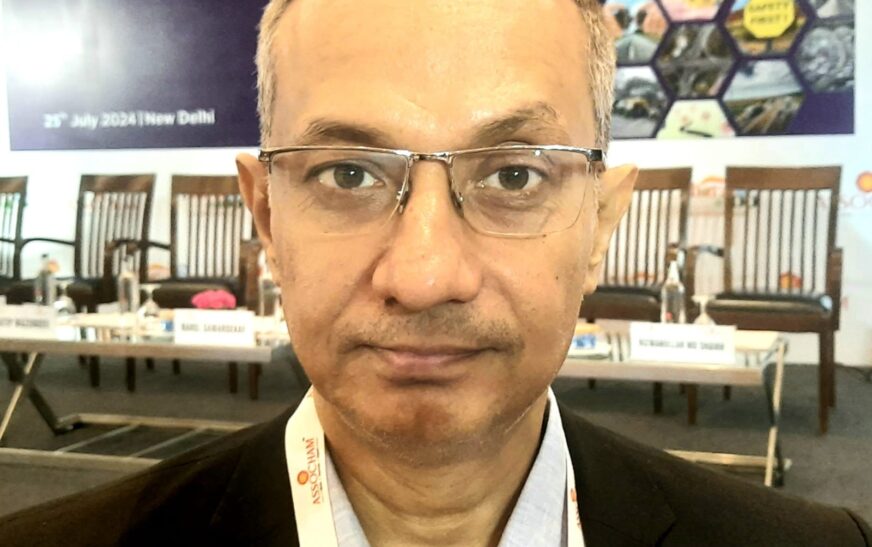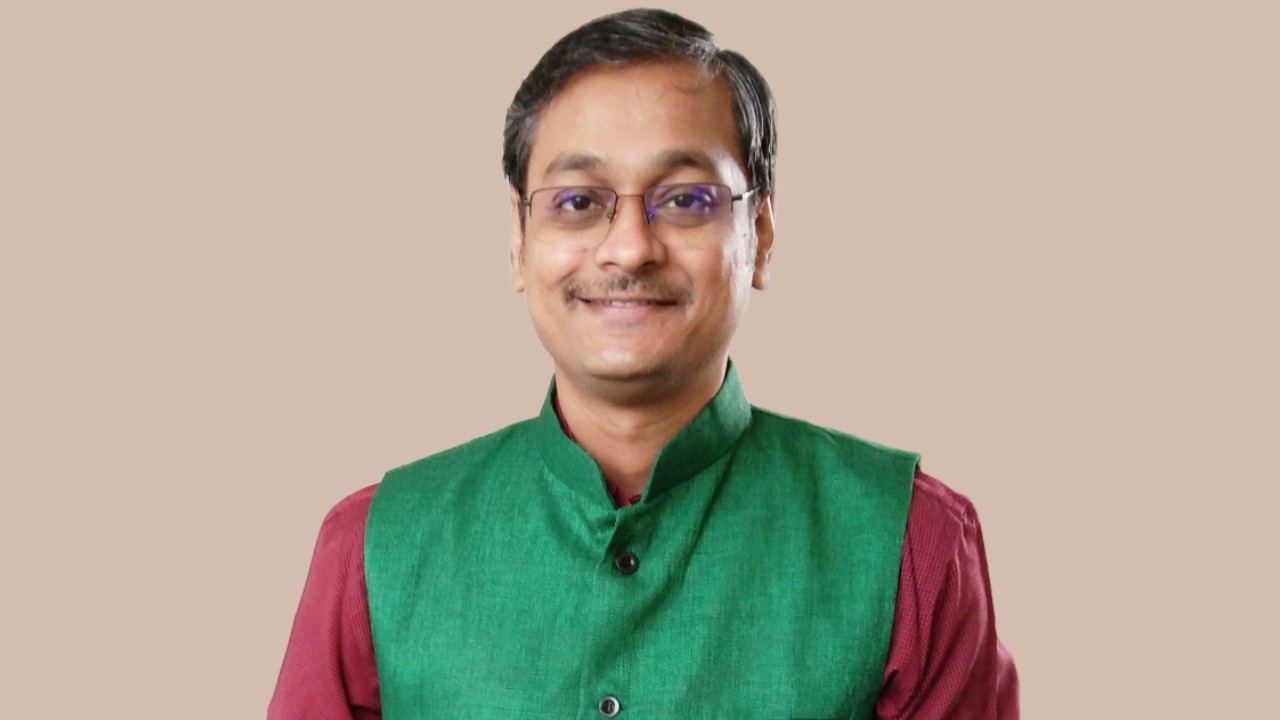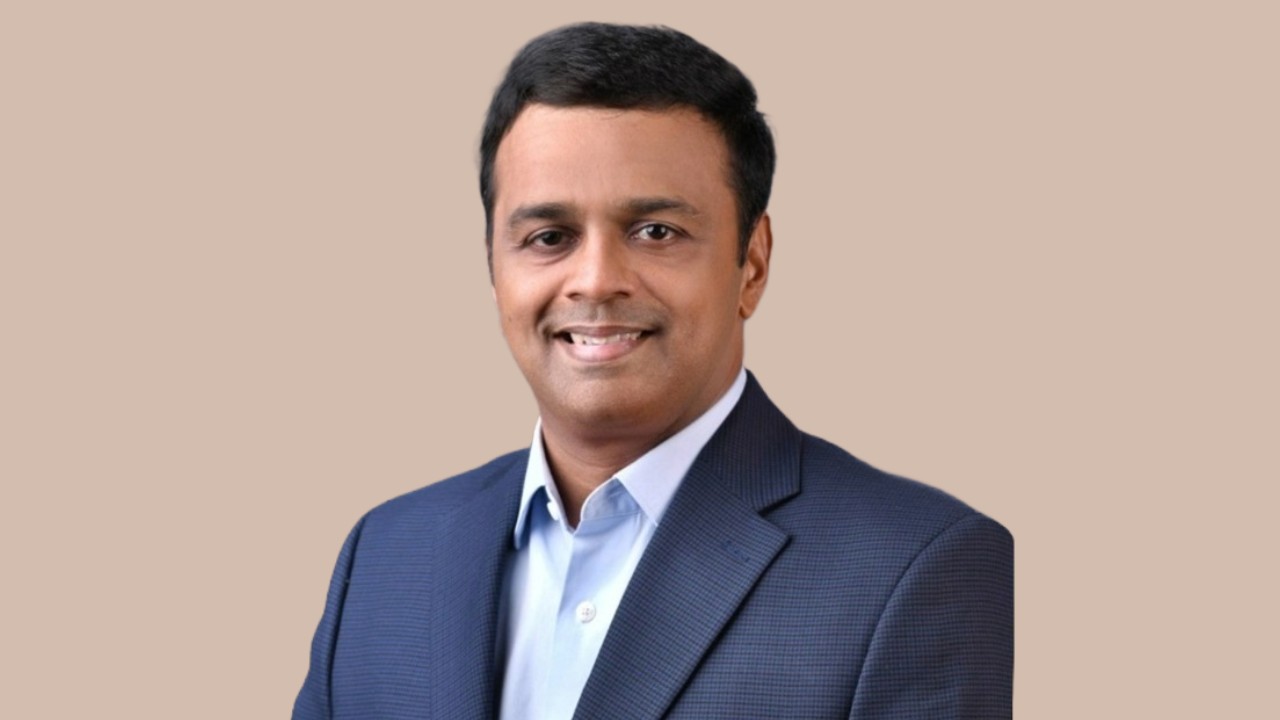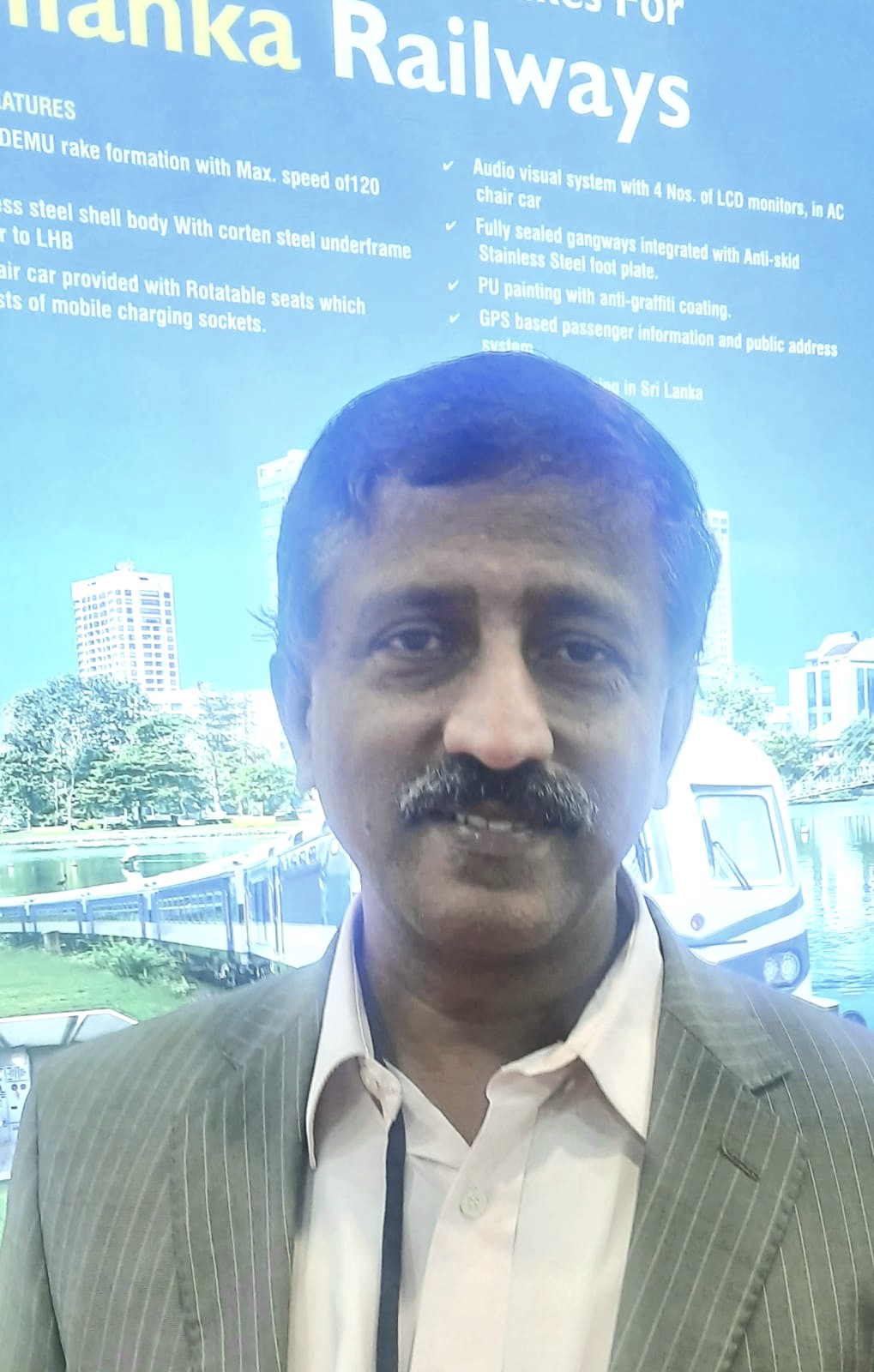Road safety in India is a crisis demanding urgent, unwavering focus. With one of the world’s highest road accident rates, the daily toll includes countless lives lost, severe injuries, and staggering economic repercussions. The leading causes are over-speeding, reckless driving, poor road conditions, subpar infrastructure, and a blatant disregard for traffic regulations.
Transforming India’s driving culture hinges on education and awareness. Thus, a robust strategy is crucial, integrating stringent traffic law enforcement, compulsory driver education programs, and wide-reaching public awareness campaigns. Enhancing infrastructure with better road design, clear signage, and well-maintained surfaces can significantly reduce accidents. Furthermore, implementing cutting-edge technologies, such as intelligent traffic management systems and advanced in-vehicle safety features, will be instrumental in boosting road safety.
Equally vital is a strong emergency response system to provide prompt medical aid to accident victims. Synergy between government bodies, non-governmental organizations, and the private sector can foster innovative solutions and ensure effective execution.
Road safety in India transcends policy—it is a collective societal duty. Every individual’s pledge to safe driving practices contributes to a safer road environment. Addressing this issue is not optional; it is essential to saving lives and securing a safer future for all road users.
In an exclusive conversation with The Interview World at the 8th Road Safety Conference on Future for Safe Ecosystem through Innovative & Sustainable Solutions, organized by ASSOCHAM, Dibyendu Sengupta, Director, Advisory, Capital Projects & Infrastructure, PwC India, delves into disruptive technologies enhancing road safety and highlights government initiatives committed to this critical cause. Here are the key insights from his interview.
Q: How can disruptive technologies enhance the robustness of Delhi’s roads, ensuring greater safety for its residents?
A: Disruptive technologies are always in play, but the gig economy stands as the most transformative force today. The surge in on-demand deliveries has created a robust network of delivery workers, all driven by the relentless demand for speed and punctuality. This delivery ecosystem, while efficient, has introduced new risks on our roads.
Companies like Swiggy and Rapido are making strides, but we need a unified, strategic approach to address these challenges. The significance of the delivery sector, especially in the post-COVID era, underscores the urgency for technological solutions that enhance safety and efficiency.
Equally crucial is the advancement in crash data collection. The government’s eDAR system aims to standardize this process, but widespread adoption by states is imperative. Comprehensive, consistent crash data will provide invaluable insights into accident causality, ensuring accurate reporting by law enforcement and road management agencies.
These two focal points—fortifying the gig economy’s safety and refining crash data collection—are paramount. While their disruptive nature may be debatable, their critical importance is undeniable.
Q: Which specific technologies are being introduced to improve these areas, and how do these technological interventions contribute to their advancement?
A: To drive uniform progress in road safety, every stakeholder must grasp the core issues. Without this understanding, evidence-based interventions are impossible. That’s why embracing these technologies is not just beneficial—it’s imperative. They illuminate the problems and empower us to tackle them head-on.
Q: What key initiatives has the government implemented to enhance road safety and reduce traffic-related incidents?
A: We’re here to show that the government is decisively leading the charge. They’re at the heart of driving transformative changes across India. The Supreme Court is a crucial force propelling this progress. Initiatives, such as those from NCAP, are significantly advancing crash test standards. Private testing and inspection centers are revolutionizing crash data collection, aiming for consistency and precision.
Where iRAD once set the standard, eDAR is now being rolled out, with states at varying stages of implementation. This new system promises to deliver critical, location-specific insights.
Additionally, a landmark law passed a few years ago grants citizens the right to aid those affected by vehicle crashes. These efforts highlight the government’s unwavering dedication to road safety and victim support.
Q: What additional measures do you believe are necessary to further enhance road safety?
A: What’s critical now is how we, as a nation and as individuals, must collaborate across diverse sectors, including law enforcement, to ensure road safety as we work towards becoming the world’s third-largest economy. Beyond the initiatives we’ve already discussed, many—including those in tech—are unaware of Section One of the Motor Vehicles Act, which mandates nationwide automated enforcement. Several states are already taking action on this.
These are significant moves that require our collective insight, whether we’re consultants or industry leaders. Take Honda, for example; their commitment to educating existing centers underscores the positive momentum in the industry. At the regional level, strategic planning is indispensable. States across India are crafting their own road safety strategies and action plans—a crucial endeavor. Without a cohesive strategy and action plan, our efforts can falter, undone by the inherent complexities of the issues at hand.









